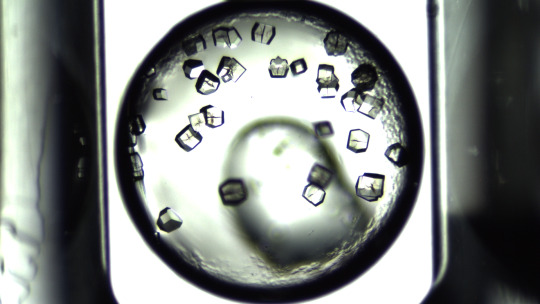The International Space
Station is a perfect environment for
creating protein crystal structures for research.

In microgravity, protein molecules
form more orderly, high-quality crystals. Studying these structures helps
scientists understand their function and contributes to development of more
effective treatments for diseases.

Experiments often need more than
one try to generate ideal crystals, though. Researchers may have to return
samples to Earth for analysis and then try again on a later mission on the
space station.
Scientists are testing new methods
of growing crystals that allow crew members to observe imperfections, make
real-time adjustments, and try growing them again right away. This dramatically
reduces the time and cost of conducting experiments aboard the space station
and opens up the orbiting lab to more users. More efficient use of time and
resources can produce research results in less time and lead to development of
better drugs sooner.
Learn more @ISS_Research!


Комментариев нет:
Отправить комментарий